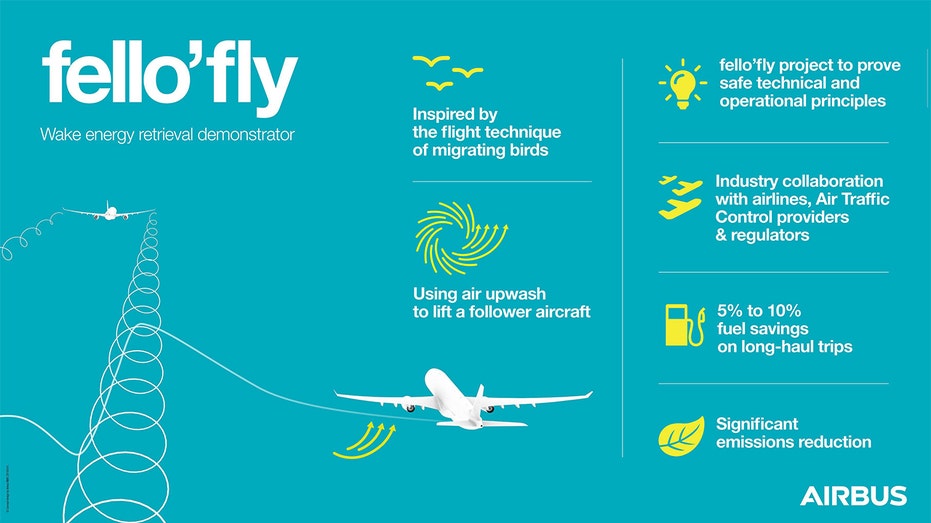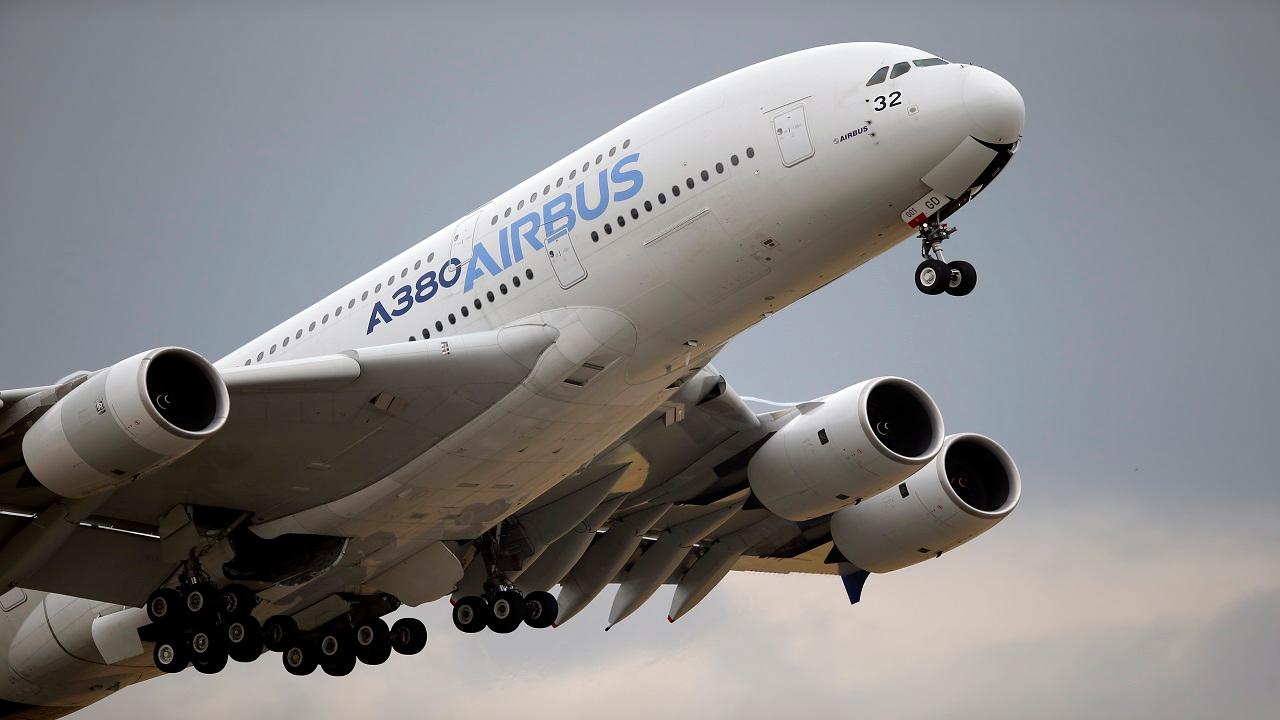Airbus says jets flying close behind each other could reduce fuel costs by 10 percent
It's based on the way birds fly together, Airbus says.
Airplane manufacturer Airbus SE has been working on unique ways to cut down on aircraft emissions and recently revealed a demonstration project based on methods used by birds to preserve energy, the company revealed in a recent press release.
Airbus' plans involve a jet flying close behind another on long overwater flights. With one jet trailing another, the rear-flying aircraft would receive an updraft of air which the jet in front of it has generated, conserving energy and reducing fuel burn by up to 10 percent.
The aircraft maker stated that by partnering with airline companies and air-traffic controllers "to identify the operational needs and suitable solutions," it could reduce carbon aircraft emissions by employing this flying formation technique, according to a recent Airbus press release.
The environmental impact of aircrafts has become a pressing issue for European airlines and regulators, with the European Union Aviation Safety Agency looking to implement a ranking system that would rate airlines and carriers based on their environmental performance.
AIRBUS EXTENDS LEAD OVER BOEING IN AIRCRAFT SALES RACE
Airbus' proposed flight system would especially impact air-traffic controllers, who would have to endorse the "fello'fly" concept themselves before going into effect. Controllers already utilize more rudimentary practices to reduce fuel burn on trans-Atlantic flight routes by allowing pilots to adjust their course in the event of a storm of strong headwinds, but Airbus' concept would theoretically work under any and all weather conditions.

Airbus says it intends on testing tandem flying by next year while it works on developing enhanced cockpit instrumentation that would allow planes to fly close to each other without issue. That kind of technology will likely take years to develop, however.




















